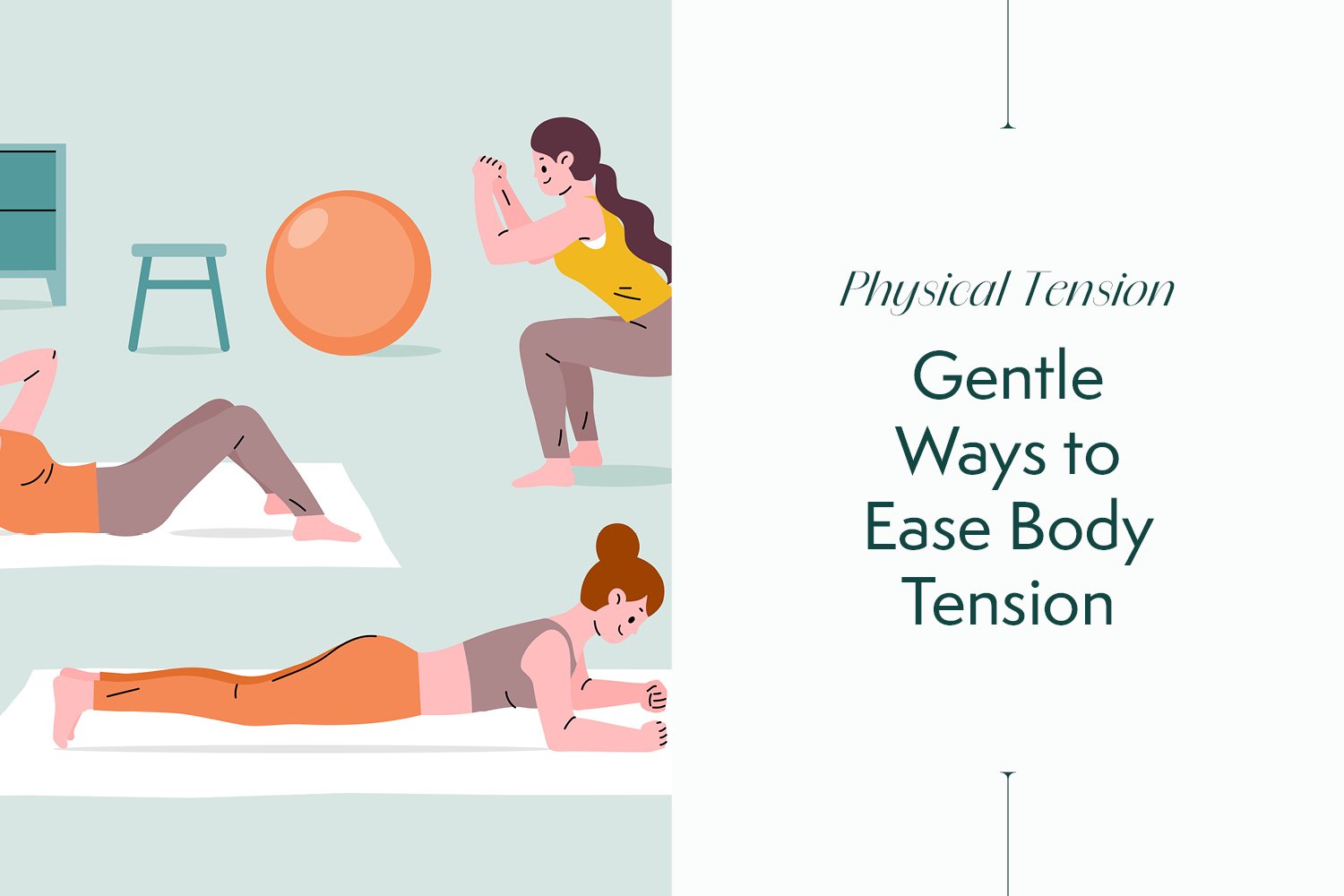
Physical tension can build up slowly and quietly, often as a response to emotional stress, overuse, or daily postural habits. Learning how to release this tension in calm, supportive ways can make a big difference to how your body feels and functions.
When we experience stress or emotional discomfort, the body often responds by tensing. This reaction is automatic and usually most noticeable in areas like the neck, shoulders, jaw, and lower back.
Over time, if these emotional patterns are not addressed, the muscular tension can become habitual. This may limit movement, alter posture, or contribute to ongoing discomfort.
Trying to force your muscles to relax often increases resistance. It can create more frustration and physical strain, especially if you’re pushing too hard or expecting immediate results.
Instead, approaching tension with curiosity and patience can be more effective. Gentle methods often help the body feel safe enough to let go naturally.
Easing physical tightness isn’t about doing more. It’s about allowing your body to do less, with more awareness.
This process involves noticing where your body feels tight, supporting those areas with breath or gentle movement, and avoiding self-judgement. Over time, these subtle shifts may help your muscles soften and your posture improve.
Letting go is less about achieving a perfect result and more about creating space for comfort.
Try incorporating a few of these gentle habits into your routine:
Persistent tension in areas such as the shoulders, neck, or back may benefit from professional support. Over time, built-up tension can affect alignment, reduce mobility, or contribute to postural strain.
Chiropractic care may help ease musculoskeletal tightness by improving joint function and reducing tension in surrounding muscles. This can support more fluid movement and relieve the physical effects of long-term holding patterns.
When combined with gentle self-care, treatment can help you feel more comfortable in your body and better able to respond to stress.